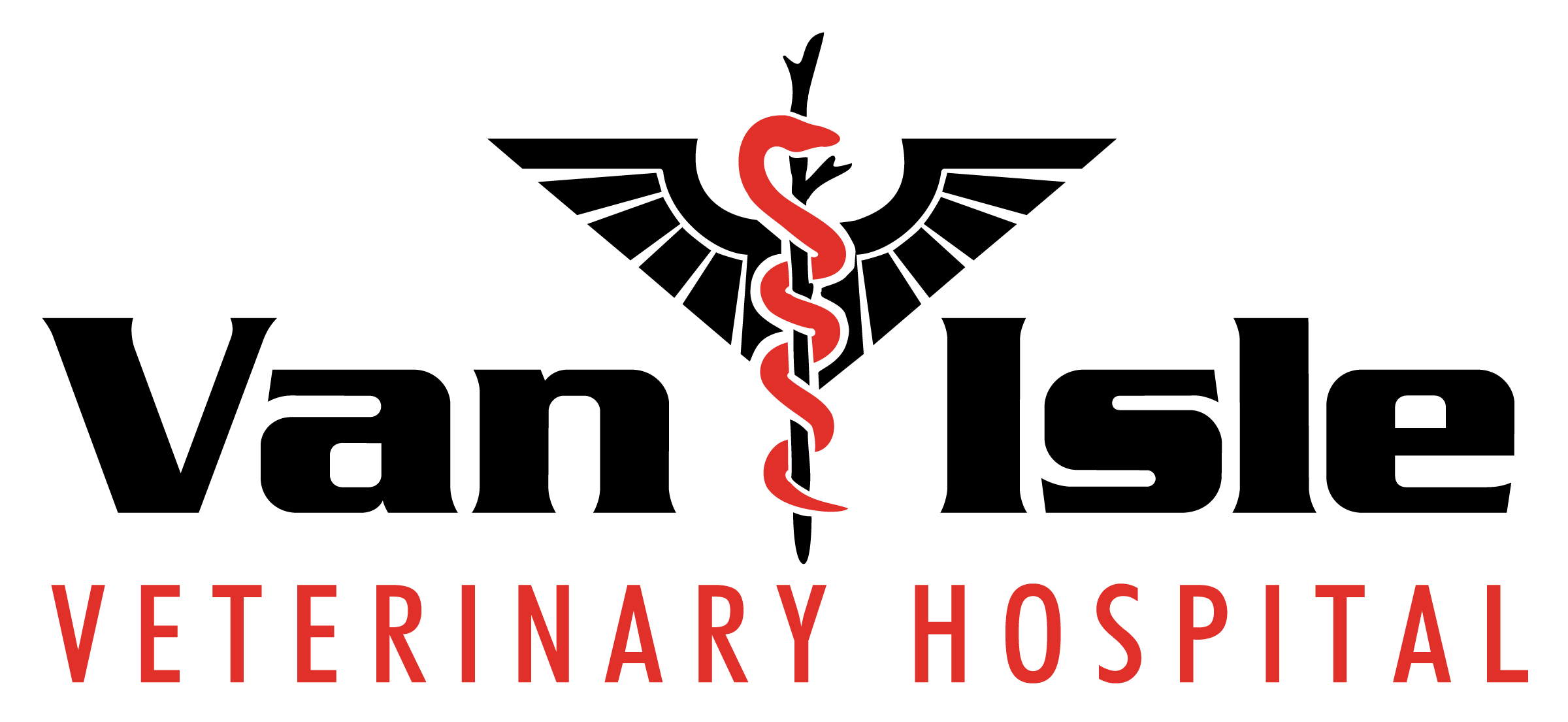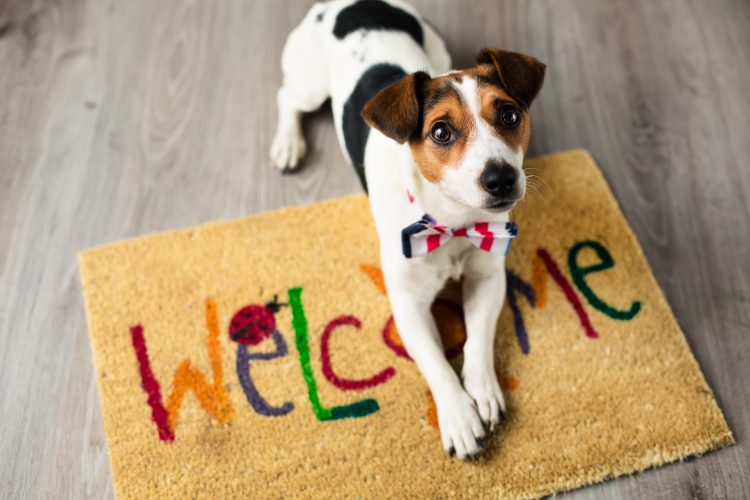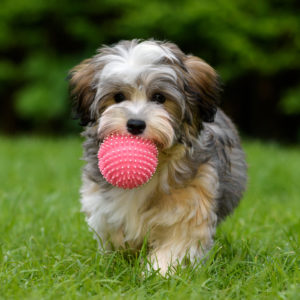The changes that occur in the family home as summer fades into fall can be the most dramatic of all the season changes. The lazy days of summer have been replaced with busy, routine-filled work weeks and school days. This transition can affect every member in your family, including your pet.
During the summer months when the kids are home from school, your family dog has had lots of attention and companionship. Come September that all changes. Since dogs are pack animals, it’s not surprising that a dog experiences anxiety at being left home alone. At Van Isle Veterinary Hospital, we get lots of calls from concerned or frustrated owners who have come home to a destroyed house and a stressed dog. The good news is most dogs can learn to remain home alone calmly for reasonable lengths of time. Conditioning your dog to be able to do this is a real kindness to your pet.
Separation anxiety in dogs is the fear of isolation which results in undesirable behaviors such as inappropriate defecation/urination in the home, excessive barking, destructive chewing and even depression. Puppies having housetraining accidents or going through the normal stages of chewing while developing their teeth are not experiencing separation anxiety. It is important to know the differences during the training process.
Getting your dog used to being left alone without anxiety ideally starts at puppyhood. Training your dog the skill of resting calmly in a crate will never again be as easy to learn as in puppyhood. Some people are hesitant to use the crate routinely, but it is a good idea during the early stages while conditioning your pup. You never know what might be ahead in your dog’s life that will make a crate an absolute necessity. Dogs that require routine grooming, travel by plane, veterinary care, emergency evacuation during disasters, kenneling or staying as a guest in a home that has other animals are all situations where you could suddenly need a crate. All of these scenarios can be considered stressful for your dog and these are not the ideal times to start crate training. Crate training should be fun and should be taken slowly, never forced upon. The crate should not be used as a punishment tool but rather seen by your dog as a “safe place”. Most dogs who have been successfully trained look to their crate to relax in or to get away from stressful situations and disturbances in the home. While the crate can be an ideal tool for combating destructive anxiety behaviors such as chewing and house soiling, other ways your dog may express separation anxiety is vocally. This includes loud barking, whining and even all out screaming. Running to your pup every time it screams after being left alone will only encourage this instinct. To avoid this problem, always wait until the pup is quiet before you go to it.
A great method for treating/preventing separation anxiety involves planned departures which gradually adjusts your dog to being left alone. This is good to do leading up to the kids going back to school. Start with small intervals. Stress responses can occur within the first 30 minutes of leaving your dog alone. By leaving your dog for just a couple minutes at a time you have ensured your return before the onset of anxiety. Once you are satisfied your dog was not stressed during your short time away, you can start to increase the intervals. Try creating a positive environment during your absence. Providing a treat or special toy only when leaving, gives your dog something to look forward to. Don’t forget to remove that special toy when you return home.
If you are experiencing a dog with separation anxiety or getting a new puppy and want to learn how to avoid issues with separation anxiety a good place to start is by asking your veterinarian or a professional dog trainer for advice.
Submitted be Van Isle Veterinary Hospital




